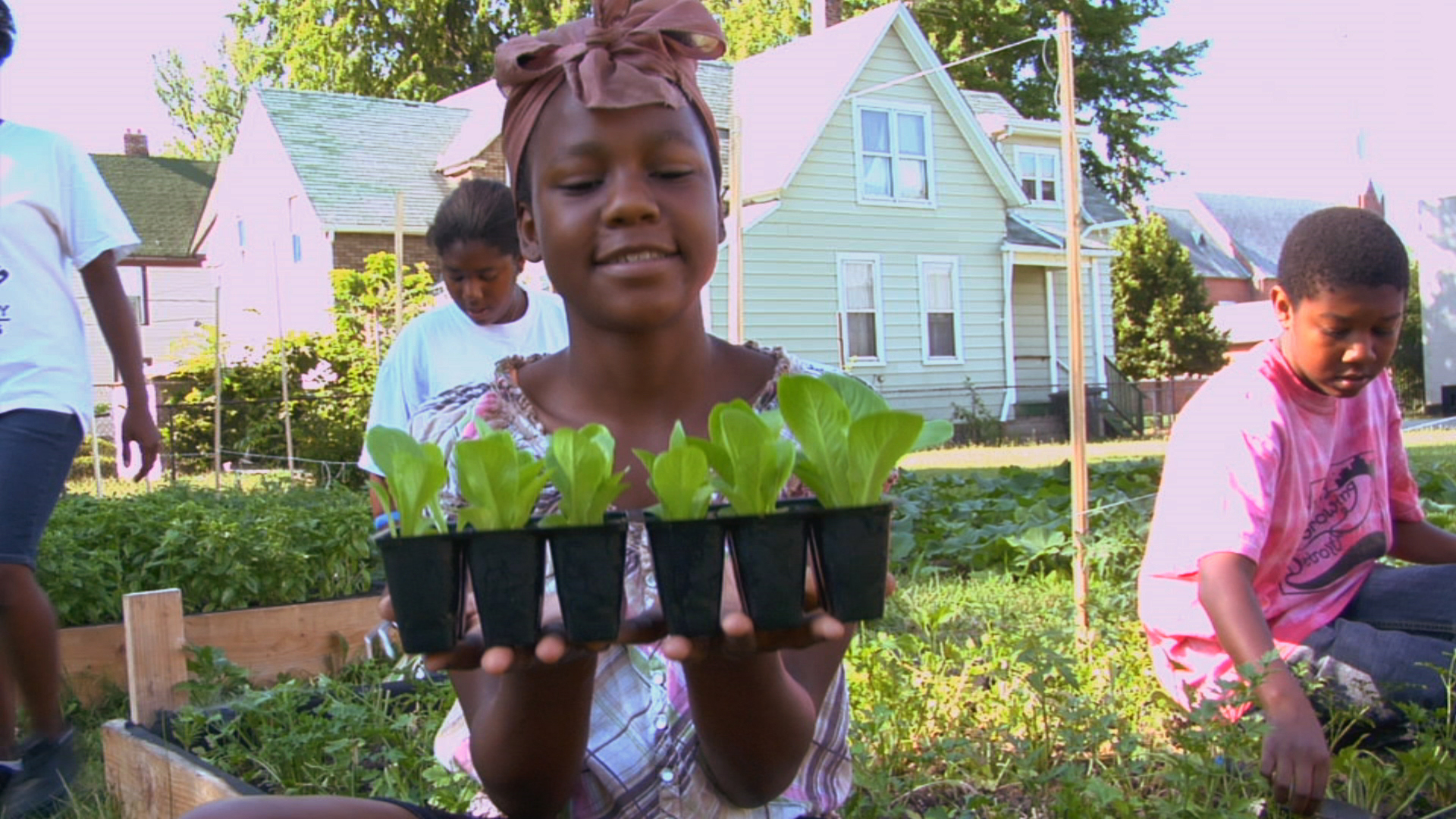 On Thursday, the long-troubled city of Detroit declared bankruptcy — the largest and costliest municipal bankruptcy in the history of the country. The filing will allow the city to overhaul its massive debt load (confirmed at just over $9 billion, though the city’s emergency manager says it could be more like $20 billion).
On Thursday, the long-troubled city of Detroit declared bankruptcy — the largest and costliest municipal bankruptcy in the history of the country. The filing will allow the city to overhaul its massive debt load (confirmed at just over $9 billion, though the city’s emergency manager says it could be more like $20 billion).
From here, there is no road map for Detroit’s recovery, not least of all because municipal bankruptcies are rare. Some bankruptcy experts and city leaders bemoaned the likely fallout from the filing, including the stigma it would carry. They anticipate further benefit cuts for city workers and retirees, more reductions in services for residents, and a detrimental effect on future borrowing.
Earlier this year, Michigan Gov. Rick Snyder (R) put an emergency manager in charge of all city operations and finances in a last-ditch effort to avoid this exact fate.
“For Detroit, the filing comes as a painful reminder of a city’s rise and fall,” according to The New York Times. But Detroit residents are surrounded by those reminders and experience them on a daily basis — along with the flowers that are growing up through the cracks in the city’s very broken infrastructure.
For as much is made today about Detroit’s bankruptcy, much has been made of its comeback over the last few years — a comeback that hinges on embracing a “managed decline.” For Detroit, giving up a fair bit of the urban for the jungle stands to allow the city to settle into its new, post-industrial, smaller self.
At the same time, the city’s become a hotbed of Rust Belt civic innovation, especially in its urban farming community. Detroit is in the top 10 of leading U.S. cities with energy-efficient buildings. City leaders and tony foundations are in the midst of hammering out a 50-year strategic plan to make the city more sustainable and community-oriented. Just last month, a new Whole Foods debuted in Detroit to the jeers of skeptical progressives nationwide — but the Whole Foods CEO discussed wanting to make healthy food more accessible to different demographics, and then those progressives kind of felt like jerks.
There are still piles of tar-sands byproduct on the shores of its river, and some community groups are disturbed by major land grabs in the city that stand to push out locals. But Chapter 9 is not the end of a place that’s still in flux — it may be one indication of just how bad things got for the Motor City, but it doesn’t necessarily dictate how the city’s future will coalesce.
Still, the bankruptcy stands to cut into what’s left of the city’s services, and the full impact will only be felt when those changes shake out. There’s no doubt that Detroit had little yesterday, and has even less today — but it still has thousands of strong remaining residents who love their city deeply.
Those citizens shouldn’t be expected to pick up the tab, but now might be a good time to rethink that $65,000 Robocop statue.



